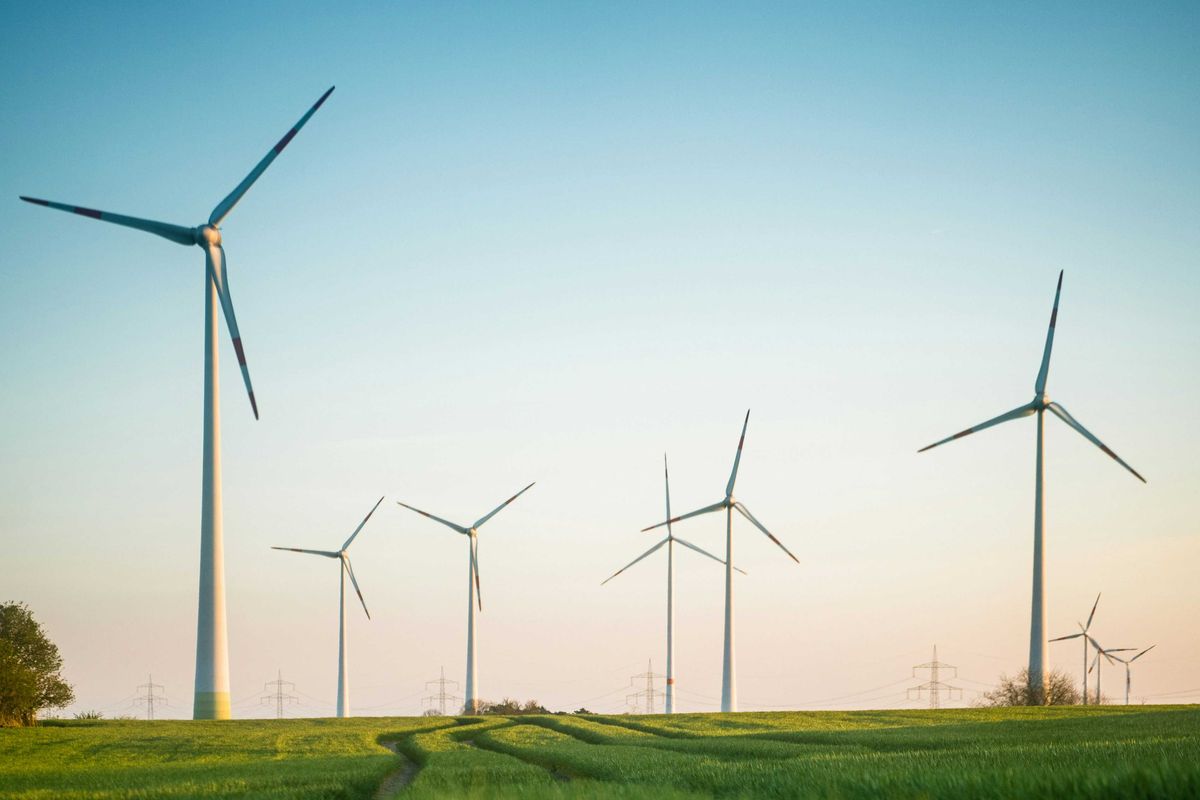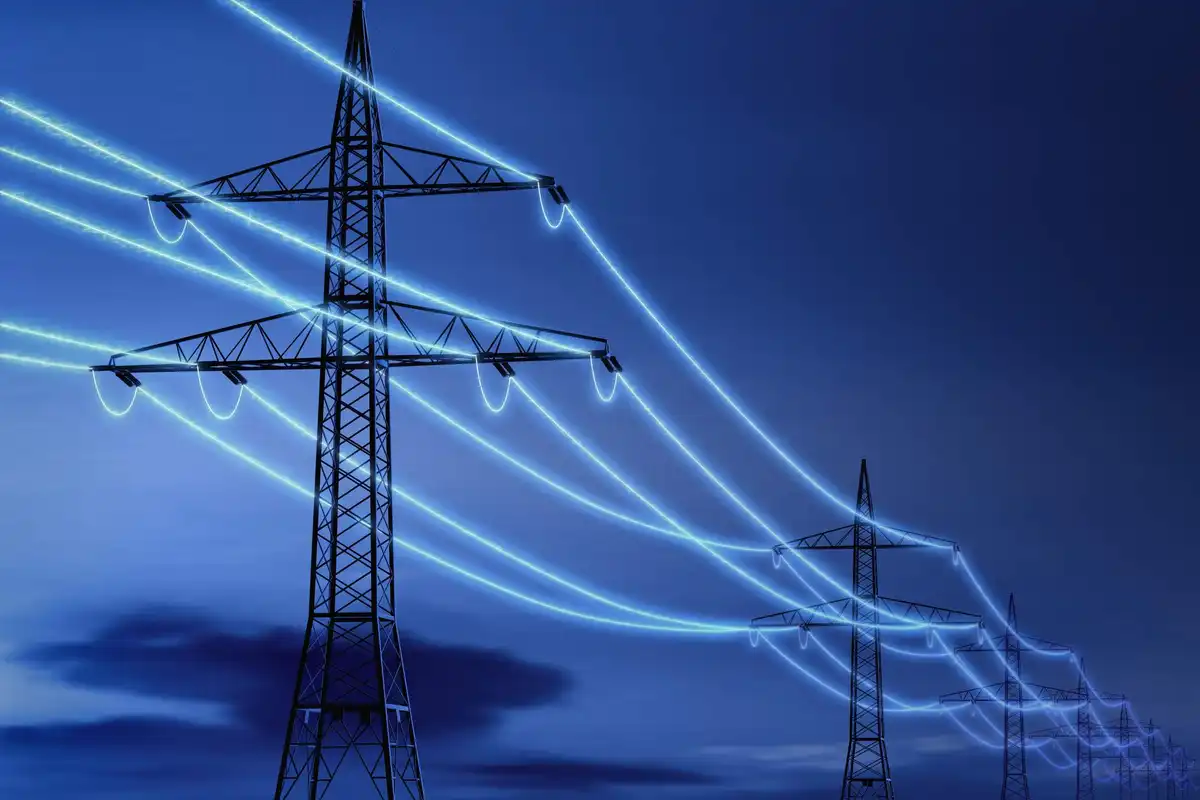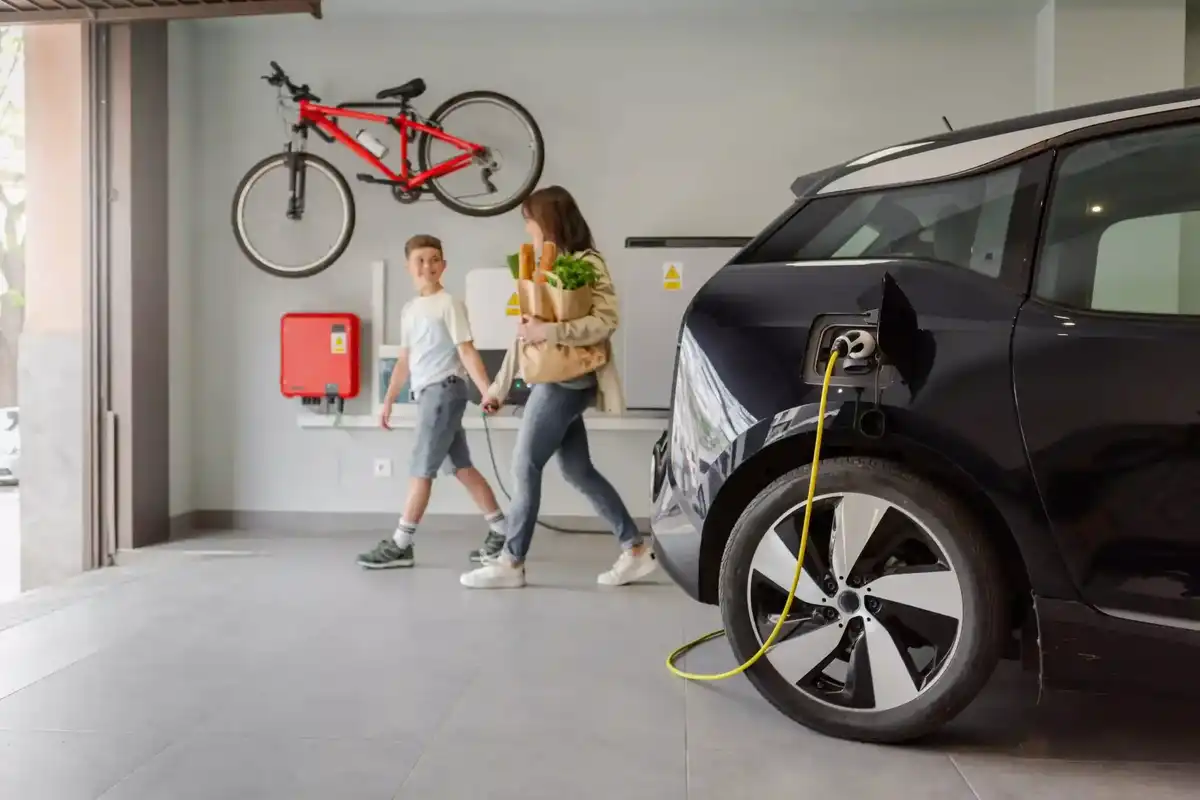Tax credits, anyone?
Houston software company equips green project developers with IRA compliance tools
A Houston company has an update to its first-of-its-kind software to assist emerging technology and energy companies with Inflation Reduction Act Energy Community Bonus Credit compliance management and reporting requirements for renewable energy projects.
Empact Technologies has released a software update that incorporates support for the latest IRA Energy Community Bonus management and reporting requirements. The new software is provided at no additional cost to existing Empact clients, and is available to qualified communities through a free trial via Empact’s website.
Empact’s goal is to help energy companies maximize the tax credits for their clean energy projects.
“Empact is the first (and only) company that provides technology and services to help the project developers qualify for and ensure compliance with all of those IRA tax incentive compliance requirements,“ CEO Charles Dauber tells EnergyCapital. “We work with project developers of solar, energy storage, carbon capture and sequestration, and other projects in ERCOT and around the country to manage compliance for the PWA, domestic content, and energy community compliance requirements and make sure they have all of the documentation required to prove to the IRS that these tax credits are valid.”
The software is the first in the industry to incorporate the most recent energy community guidelines released by the U.S. Department of the Treasury and the Internal Revenue Service, known as Notice 2024-48. These guidelines outline Energy Community Bonus qualification requirements for the “Statistical Area Category” and the “Coal Closure Category” in Notice 2023-29.
Empact’s platform will provide tax incentive compliance management for all three types of credits, which will be covered in the IRA’s estimated $1.2 trillion in tax incentives. The credits include a base energy project tax incentive (30 percent) for projects that meet prevailing wage and apprenticeship requirements, a domestic content tax adder (10 percent), and an energy community tax adder (10 percent). Notice 2024-48 is able to be used by developers to confirm project qualification for Energy Community Bonus opportunities.
Empact will support clients on eligibility requirements, manage compliance documentation and verification requirements.
“The IRA is considered the greatest and biggest accelerator for clean energy in the U.S.,” Dauber says. “The IRA provides significant tax incentives for developers of solar, energy storage, wind and other clean power technologies, as well as energy transition projects such as carbon capture and sequestration, hydrogen, biofuels and more.”
According to Empact, the way the IRA works is that developers of projects can “generate” tax credits based on meeting certain project requirements. There are three main factors in play:
- The foundational element of the tax credits provides a 30 percent tax credit of the project cost if the project meets requirements related to ensuring a fair wage for construction workers and utilizing a certain amount of apprentices on the project (called Prevailing Wage and Apprenticeship). The project developer (all the EPC and all contractors) must provide documentation that every worker has been paid correctly and that all apprenticeship requirements have been met. Some projects have hundreds of workers from 10-plus contractors every week.
- The second tax credit relates to the project utilizing steel and iron and other “manufactured products” such as solar modules, that are made in the U.S. If the project meets the “domestic content” requirements, it is eligible for another 10 percent tax credit. Project developers have to prove the products they use are made in the U.S. and there are calculations that must be done to meet the threshold that goes up every year.
- The third tax credit is related to the location of the project. The government is trying to incentivize project developers to put projects in locations with high unemployment, or sites that have existing power generation facilities, or are in areas that used to be coal communities. That tax incentive is called “Energy Communities” and provides an additional 10 percent tax credit for the project developers. To qualify for that tax credit, the developer must provide proof that the project is located in an energy community location.
Companies that remain in compliance by using the software will see immediate benefits, and the clean energy industry as a whole will benefit from Empact’s facilitation of tax credit utilization.
“If a developer does this all correctly, they can qualify for tax credits equal to 50 percent of the cost of the project which is an enormous benefit to getting more projects built and encouraging a balanced energy program in the U.S.” Dauber says. “For example, a 100MW solar farm may cost $100 million, and if they meet all of the criteria, they can qualify for $50 million in tax incentives. The same calculations work for carbon capture, hydrogen and other projects as well although there are some slight differences.
Last August, Stella Energy Solutions, a utility-scale solar and storage developer, entered into a multi-year agreement with Empact to use the platform to manage Stella's IRA tax incentives on all its projects for the next five years.
- Greentown Labs names inaugural Houston general manager ›
- Houston lab's breakthrough light-harvesting processes near market readiness ›
- Expert: 5 ways residential charging enhances the environmental benefits of EVs ›
- Texas named most vulnerable state to climate change in new report ›
- Clean energy founder shares key takeaways from CERAWeek 2024 ›
- Houston solar company snags partnership with clean energy SaaS platform ›








 Air Liquide and Hyundai agreed to expand hydrogen refuelling networks, storage capacity and more at a meeting in Seoul last week. Photo courtesy Air Liquide.
Air Liquide and Hyundai agreed to expand hydrogen refuelling networks, storage capacity and more at a meeting in Seoul last week. Photo courtesy Air Liquide.
